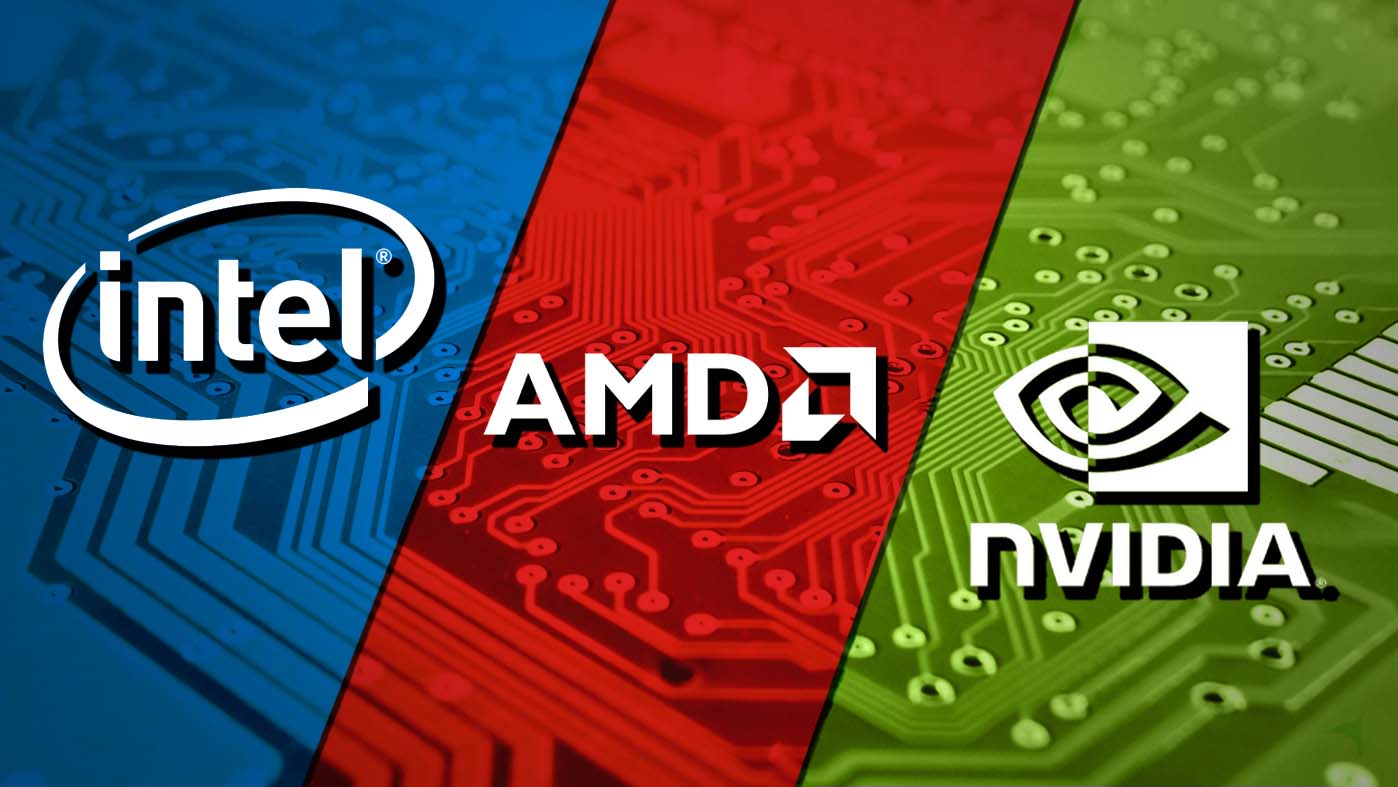Introduction:
What started as a tool for enhancing Windows video games has evolved into a critical component of enterprise server processing for high-performance computing and artificial intelligence applications. Additionally,the modern Graphics Processing Unit (GPU) is now at the forefront of supercomputing, AI training, drug research, financial modeling, and medical imaging.
As the demand for GPUs grows, a three-way battle for dominance has emerged among Nvidia, AMD, and Intel in the GPU Battle each vying for a slice of the expanding graphics-processing-unit market fueled by the needs of artificial intelligence and machine learning.
The Significance of GPUs in Data Centers
The growing demand for GPUs in data centers is not just a trend; it’s a recognition of their superiority in handling the complex calculations required by AI and machine learning.
Unlike General Processing Units (GPUs), GPUs excel at parallel processing, breaking down intricate mathematical problems into separate tasks and solving them simultaneously.
This parallel approach, with thousands of cores working together, results in quicker and more efficient processing.
As a result, GPUs have become indispensable for the rapid calculations needed in data centers and hyperscale networks.
The Players: Nvidia, AMD, and Intel
In this three-way race, the key contenders are Nvidia, AMD, and Intel. While Nvidia has long been a dominant force, AMD is gaining momentum, and Intel is gearing up for a comeback after previous attempts.
Let’s delve into the strategies and innovations each player is bringing to the table.
Read More: What the hell is difference between CPU & GPU – techovedas
Nvidia’s Hopper Architecture: Setting the Bar High
Nvidia is making waves with its Hopper Graphics Processing Unit (GPU) architecture, promising three to six times the performance of its previous Ampere architecture.
Expected to launch in the third quarter of 2022, the Hopper H100 boasts up to 60TFLOPS of FP64 performance. 
Additionally, Nvidia’s approach includes not only boosting GPU processors but also introducing LPDDR5X memory, offering error-correction code (ECC), and unveiling the NVLink 4 interconnect for enhanced GPU-to-GPU communication.
AMD’s Momentum: Instinct MI250 and Beyond
AMD, riding on the success of increasing sales and a growing x86 CPU market share, has introduced the Instinct MI250 line of GPU accelerators.
With doubled memory bus, more than doubled memory bandwidth, and quadrupled performance compared to its predecessor, MI250 is making waves in enterprise computing.
AMD’s strategy extends beyond GPUs, with expectations for the Zen 4 CPU and RDNA 3 gaming GPUs by the end of the year.
Intel’s Resurgence: Ponte Vecchio and oneAPI Strategy
Intel, known for its struggles in the GPU space, is making a bold move with Ponte Vecchio. Expected to deliver 45TFLOPS at FP64, Ponte Vecchio positions Intel as a serious contender.
However, Intel’s real ace might be its oneAPI software strategy, aiming for a unified software-development platform.

By allowing developers to focus on business logic rather than specific processors, oneAPI could be Intel’s ticket to success in the GPU arena.
Read More: 10 Largest GPU Companies in the World – techovedas
Software Race: The Deciding Factor?
As the competition heats up, the importance of software cannot be overlooked. While Nvidia emphasizes its software-centric approach, Intel’s oneAPI strategy aims to simplify the development process. 
Moreover,success of these software strategies might play a crucial role in determining the ultimate winner in the GPU race.
Manufacturing Control: Intel’s Unique Advantage
A distinctive factor in this race is where the chips are made. While Nvidia and AMD rely on Taiwan’s TSMC for chip manufacturing, Intel produces many of its own chips in the US, giving it a unique advantage in terms of control and manufacturing capabilities.
Conclusion:
The GPU battle is set, and each contender brings its strengths and innovations to the table. Whether it’s Nvidia’s Hopper, AMD’s Instinct MI250, or Intel’s Ponte Vecchio, the competition is fierce.
As data centers evolve to meet the demands of AI and machine learning, the GPU landscape will continue to witness exciting developments.
The winner of this three-way race will not only claim a share of the GPU market but also play a pivotal role in shaping the future of data center computing. The stakes are high, and the race is on.



